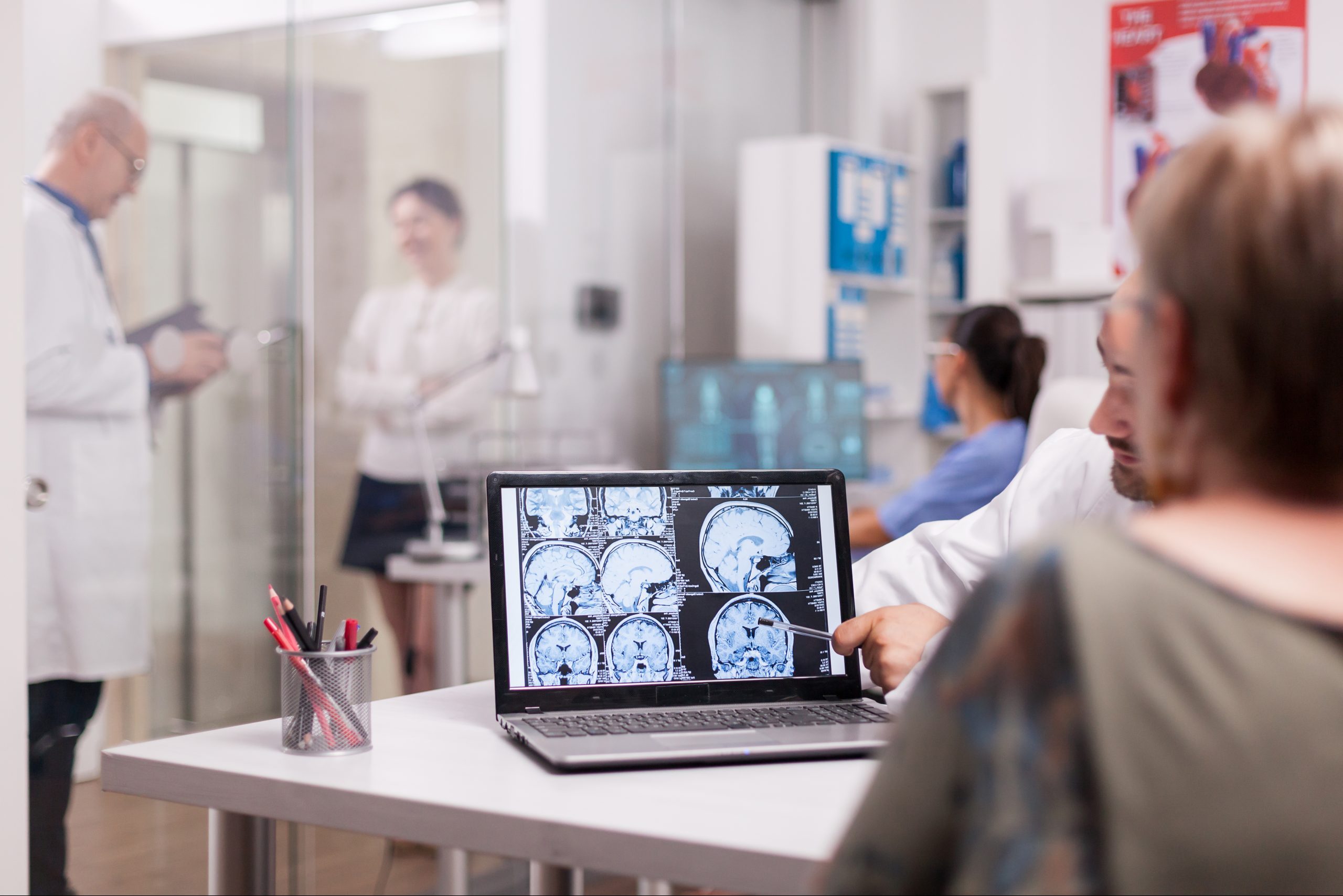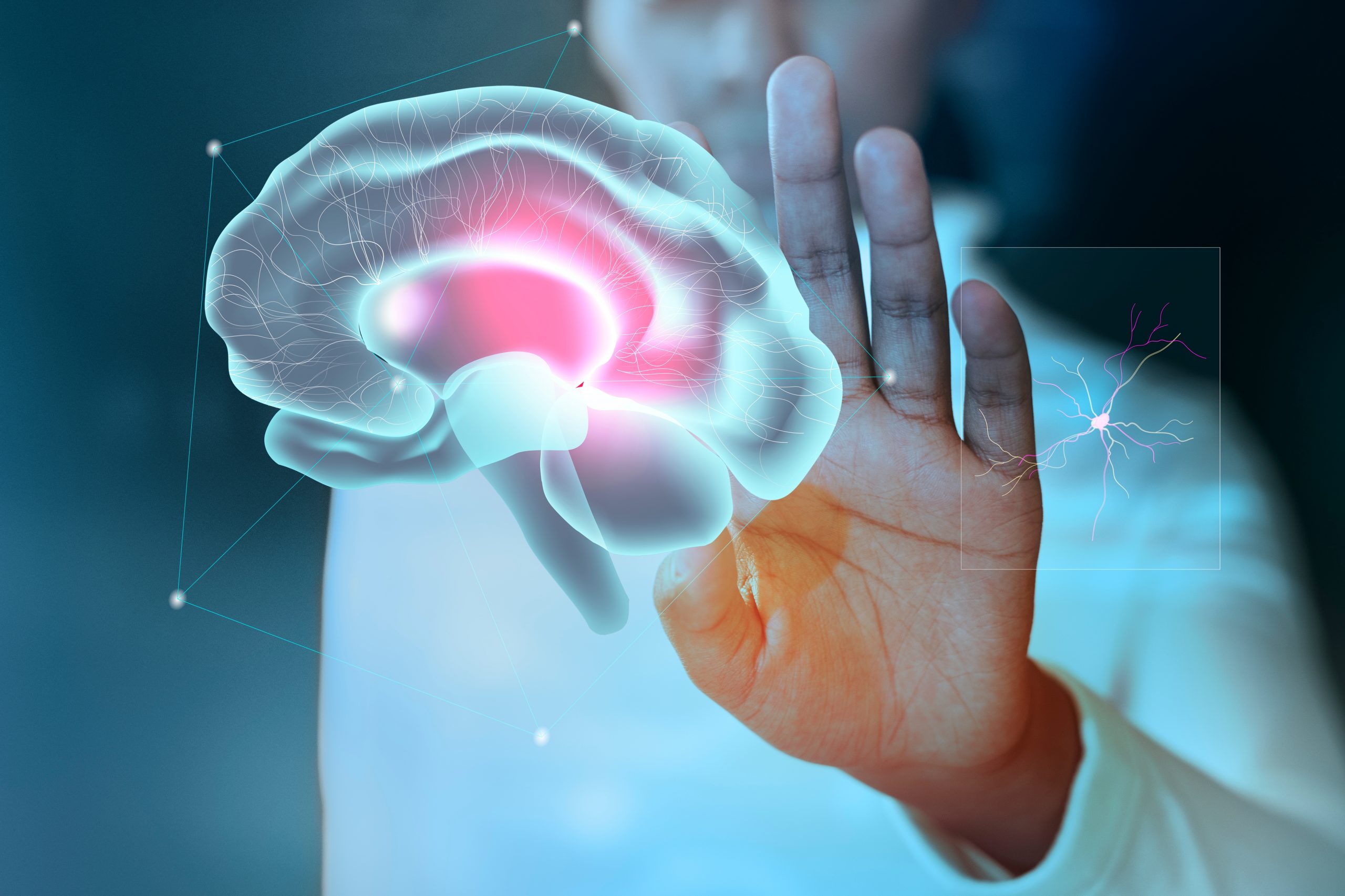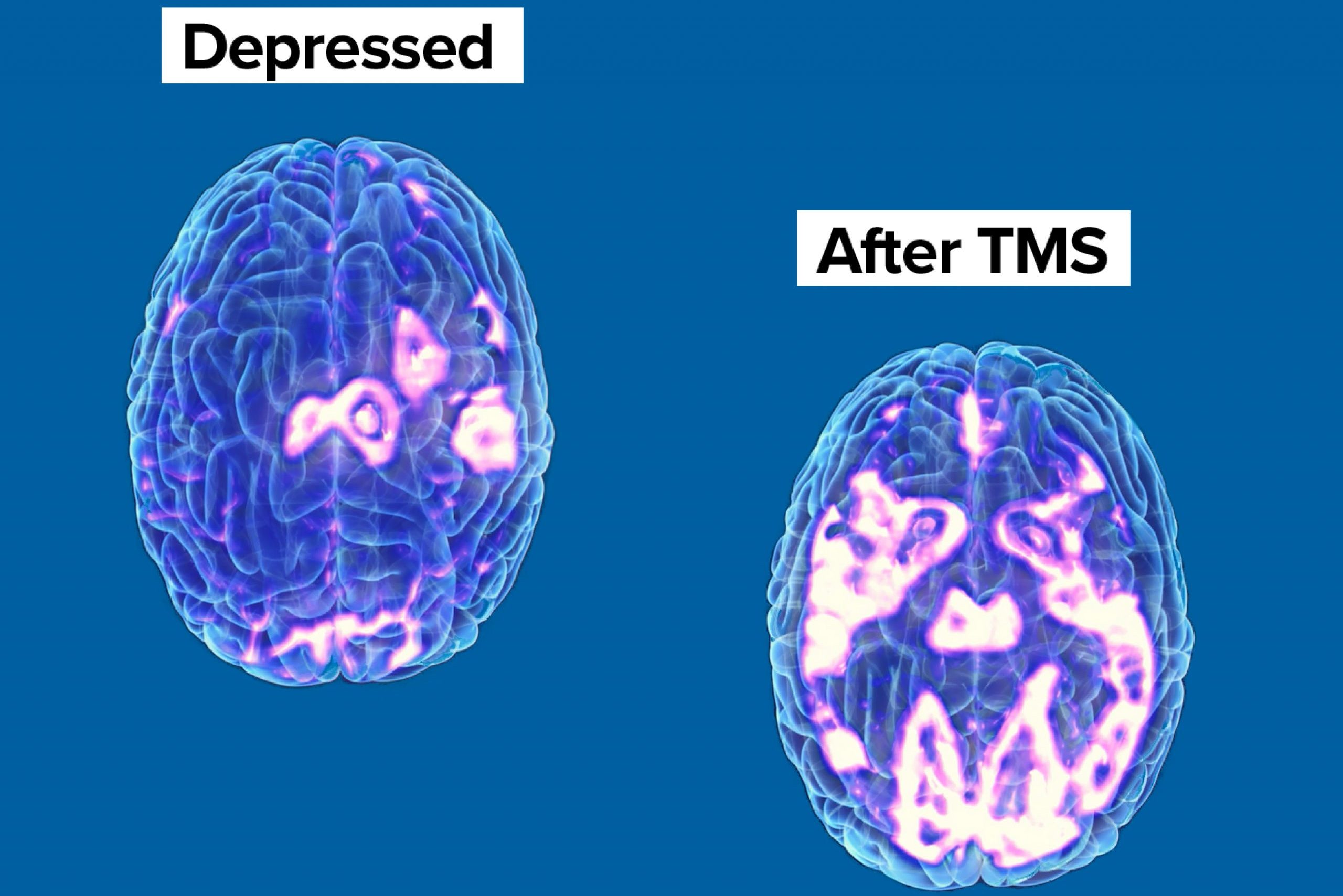Our lives are made up of simple activities that help us thrive, be social, maintain…

HOW TMS CAN TREAT DEPRESSION AND OTHER MENTAL HEALTH ISSUES
TMS is an acronym referring to Transcranial Magnetic Stimulation. This is a certified and effective therapeutic treatment model that works perfectly for individuals suffering from depression that does not showcase any signs of improvement on medications. This treatment model works by developing a magnetic field that induces small amounts of electric current in specified brain parts.
The current originates from the magnetic field established by an electromagnetic coil delivering pulses across the scalp. Note that TMS does not require sedation, thus being non-invasive and is pain-free. As the medical industry grows, modern safety techniques continue to evolve with less risk of seizures or loss of consciousness associated with TMS.
Those individuals who are categorized under this mode of treatment are treated about four or five times every week. According to the analysis done on the TMS mode of treatment, it has very few side effects if perfectly executed. Every treatment session takes a maximum of forty minutes to complete all the necessary steps.
However, there is a new form of TMS treatment known as theta-burst stimulation, which takes a maximum of ten minutes. This model portrays procedures that are done every day for a certain period before completion.
Types of TMS
Deep Transcranial Magnetic Stimulation (dTMS)
This refers to a scientific method of stimulating comprehensive and deeper parts of the brain. The procedure entails the use of specialized cells that goes about four centimetres under the skull. The coils are designed in a manner that targets specific parts of the brain. For instance, the procedure done using the H1 coil is approved by the FDA for depression that has not improved under medications.
Recently, dTMS was approved as the best way of treating OCD. During the treatment session, an individual puts on a helmet that generates magnetic fields similar to those generated by the MRI scan. Note that this is a simple procedure that has very few side effects. Also, it does not call for anesthesia or result in memory loss after the end of the session.
Each session takes about twenty minutes daily for a total period ranging between four and six weeks. Individuals who undergo this form of treatment can resume their daily activities immediately after the completion. Keep in mind that this process is risk-free and does not have side effects.
Repetitive Transcranial Magnetic Stimulation (rTMS)
For the past twenty years, this method has been studied and certified as a treatment method for depression and anxiety, among other disorders. Most research done on Repetitive Transcranial Magnetic Stimulation has revolved around the treatment of depression. After comprehensive research around this area of study, it has been revealed that rTMS can treat medication-resistant depression.
Each treatment session takes about forty minutes and does not require anesthesia or sedation, making the patient fully awake. Since this is an outpatient procedure, patients are allowed to drive in and out without restrictions. The process incorporates using an electromagnetic coil similar to the size of a handheld against the front part of the scalp.
Note that the field is held directly over the brain part involved in mood regulation and depression. Through the process, short electromagnetic pulses are given out through the coil to the specified body parts. The magnetic pulses generate small amounts of electrical currents that trigger the nerve cells in the specified parts of the brain.
The current generated has similar strength to magnetic resonance imaging, also known as MRI scan. This treatment method has proven more reliable, especially when used as a stand-alone treatment or combined with antidepressants. Besides, there is ongoing research on whether TMS works efficiently when combined with psychotherapy.
TMS therapy and anxiety
TMS is a highly recommended method of treating treatment-resistant depression. The big question remains if the same treatment model can help in the treatment of anxiety. Many people are suffering from anxiety across the globe. Some of the symptoms associated with anxiety include:
- Increased heart rate.
- Sweating
- Shaking
- Heavy respiratory rate.
- Excessive worry
- Difficult in getting sleep.
- Regular sense of impending doom.
The above-listed symptoms can easily wash away a person and prevent them from being productive in the community. With the implementation of a better treatment method, these symptoms can be minimized and enable an individual to live a better life. TMS is one of the best therapies that can help in controlling this condition.
Studies reveal that those suffering from anxiety and who undertake TMS treatment record decreased levels of the symptoms below.
- Muscle tension
- Headaches
- Irritability
- Lack of concentration
- High blood pressure
- Blurred vision
How TMS Aids in the Treatment of Anxiety
Many people who experience signs of anxiety disorders have a biological component linked to it. This is a clear indication that a specific part of their body influences the availability of anxiety disorder. On most occasions, people suffering from anxiety disorder have abnormalities in the prefrontal cortex of their brains producing symptoms related to anxiety disorder.
This is the primary reason why prescription medications are applied in the treatment of anxiety since they help address the abnormalities being experienced within specified parts of the body. The TMS therapy focuses on the prefrontal cortex of the brain. This is done by placing a coil near the prefrontal cortex of the brain before beginning the process.
As the specialist continues to perform the procedures, they supply a magnetic pulse around the area to aid in activating parts of the prefrontal cortex that does not activate themselves naturally. Some individuals who undertake the procedure notice signs of relief after their fast treatment. Other individuals undertake several sessions before recording any signs of improvement.
Note that TMS therapy form of treatment is not the common anxiety treatment model. However, this does not mean that it is not effective. Many people across the globe continue to benefit from TMS therapy in treating anxiety.
Does TMS Work?
Analysis reveals that about 50 to 60% of the people suffering from depression have tried and failed to get the benefits of medication. However, they have received a meaningful impact upon getting involved in TMS therapy. About one-third of the individuals who undertake TMS therapy encounter full remission since the symptoms go away completely.
Even though this depression treatment model has proven effective, it is vital to understand that the recurrence rate of diseases such as depression is extremely high. Besides, most patients from TMS feel better for an extended duration compared to other forms of treatment.
The average response of TMS is slightly more than a year for the individuals who undertake the sessions. Some people opt for going back for the treatment subsequent time, while others do not.
What is TMS Therapy Model-Like?
TMS therapy is a certified and intensive treatment option that requires sessions of up to five days they go for every week done for several weeks. Every session takes about twenty to fifty minutes to complete. However, this depends on the device and the given clinical protocol that is being used. When patients report, they go for a brief check with the technician or the doctor before undergoing the stimulation process.
The technician is responsible for detecting the intensity of stimulation and anatomical target using a specific landmark in the brain known as the motor cortex. Through targeting this crucial part of the brain, the technician detects the best place to locate the stimulation coin since it works with specified parts of the brain.
Calculations then follow this to translate the data into a readable form used to locate the dorsolateral prefrontal cortex with the evidence of clinical effectiveness. At this point, the technician gets it easy to locate the part of the brain that is associated with depression. One session is said to be enough by changing the level of excitability in the brain.
During the first stimulation session, relief is not noticeable until the fourth and fifth sessions. This clearly indicates that individuals suffering from depression should undertake multiple TMS sessions to get better results.
Is TMS Safe?
TMS is a safe and certified therapy approved by FDA. The respective body has revealed that the therapy does not have any long-term side effects. However, individuals are likely to experience the contraction of facial muscles and involuntarily eye blinking during the process. Other have reported minor headache and mild pains during treatment. Note that these are only short-term side effects that heal with time.
Can TMS Aid in the treatment of Other Conditions?
Even though there is still an ongoing study regarding TMS therapy, it has proved to have multiple benefits, especially in treating neurological disorders, physical rehabilitation, and pain relief. There is also ongoing research on TMS and pediatric depression, which shows signs of success.
Final Verdict!
TMS is a reliable and effective model of treating depression that seems to resist medication. Individuals suffering from this type of depression can opt for TMS and get their condition sorted out.



